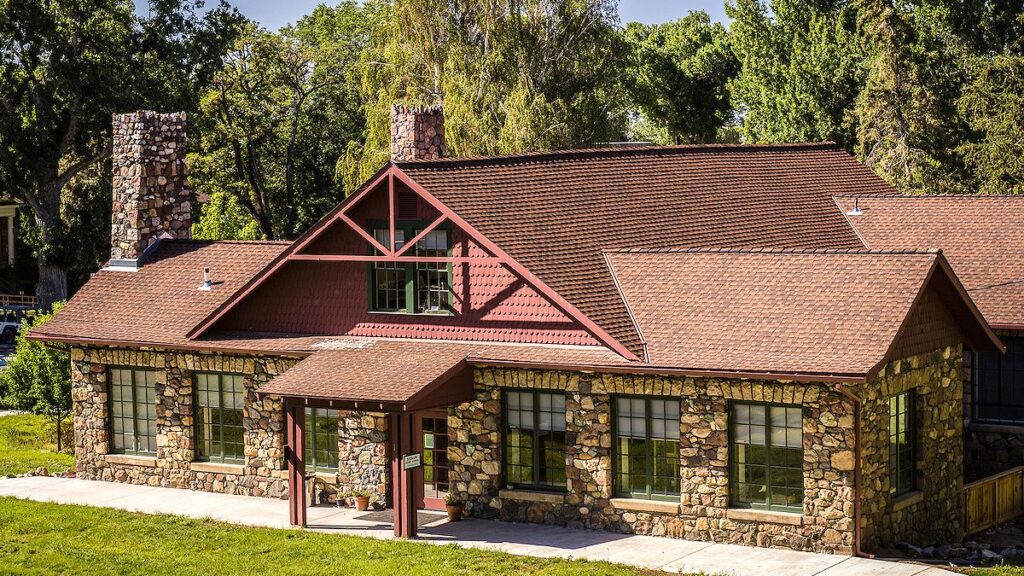970x125
Montooth is a direct descendant of a Stewart Indian School survivor, and though she never attended the school herself, its impact has rippled through generations in her family. “My grandma was four when she was brought [to Stewart], and she was raised in violence by the matrons,” she says. “She never had an opportunity to learn parenting skills from her parents. That experience, in my family at least, was the start of violence, alcoholism, and generational trauma. I have relatives who still will not step foot out here because our grandma was abused on a regular basis.”
970x125
This experience at Stewart was not unique. Through the 19th and 20th centuries, there were at least 526 Indian boarding schools that operated in the United States, 417 of which received federal funding, while the remaining were financially supported by religious organizations. A list of these schools was shared with the public in February 2025 thanks to the ongoing research of the National Native American Boarding School Healing Coalition (NABS), a Minnesota-based nonprofit dedicated to increasing national awareness about the trauma inflicted on Native communities at and via boarding schools. The team has also created an interactive digital map in partnership with Canada’s National Centre for Truth and Reconciliation to help educators and travelers find the Indian boarding schools that operated across 38 US states and Canada, highlighting which destinations now offer a museum or cultural experience for visitors to learn about this painful era in North American history.
“This list holds a remarkable opportunity for travelers to see the impacts that this history has on America at large,” says Samuel Torres, deputy chief executive officer of NABS. “Ultimately, the goal is to bring the truth to light. And though the number of over 500 schools feels staggering, we can’t lose sight that this is just a piece of a larger story of forced assimilation and Native resilience as a response to it. Having these schools identified means something to so many folks individually because they experienced it personally.”
The Indian boarding school era in the US began in 1819 with the Civilization Fund Act, which authorized funding from the federal government to be directed to European American missionaries and church leaders for the purpose of establishing schools in predominantly Native American territories. Then, in 1824, the federal government established the still-active Bureau of Indian Affairs to implement boarding schools to “civilize” Native Americans.
The goal for all boarding schools was to “kill the Indian, save the man,” a philosophy first developed at what was arguably the most notorious of the Indian boarding schools, Carlisle Indian Industrial School in Carlisle, Pennsylvania. Founded in 1879 by US Army officer Richard Henry Pratt, approximately 7,800 children from more than 140 Native American nations attended Carlisle during its nearly 40-year tenure. Abuse was rampant, with many children beaten, starved, or forced to perform hard labor when they dared to speak their languages. Nearly 200 children died and are buried in the campus cemetery, with many nations still seeking the return of their ancestors’ remains.
Despite the hundreds of other schools like Carlisle that existed in the US, it is the only national monument that recognizes the harmful legacies of the boarding school era. Established as a monument in December 2024 by former president Joe Biden, the old Carlisle school grounds are now the United States Army War College, but original spaces like the gymnasium, the bandstand, the superintendent’s house, and the cemetery still exist. Because the school is within an active military installation, there isn’t a standard museum experience offered; the best way to visit Carlisle is on a scheduled walking tour through the Cumberland County Historical Society. (The historical society also hosts a permanent exhibit of the Carlisle Indian Industrial School and occasional rotating exhibits.)
970x125

